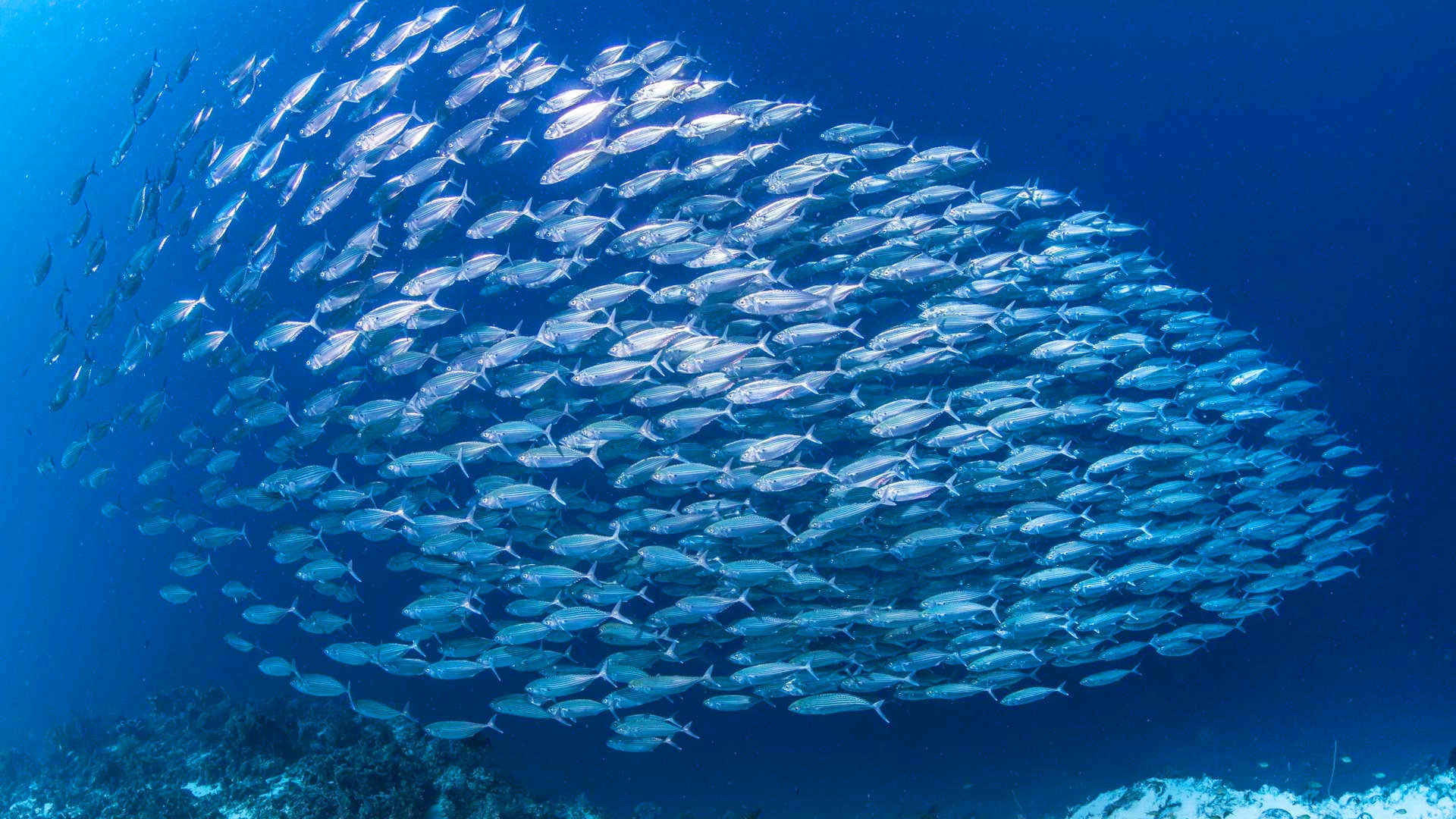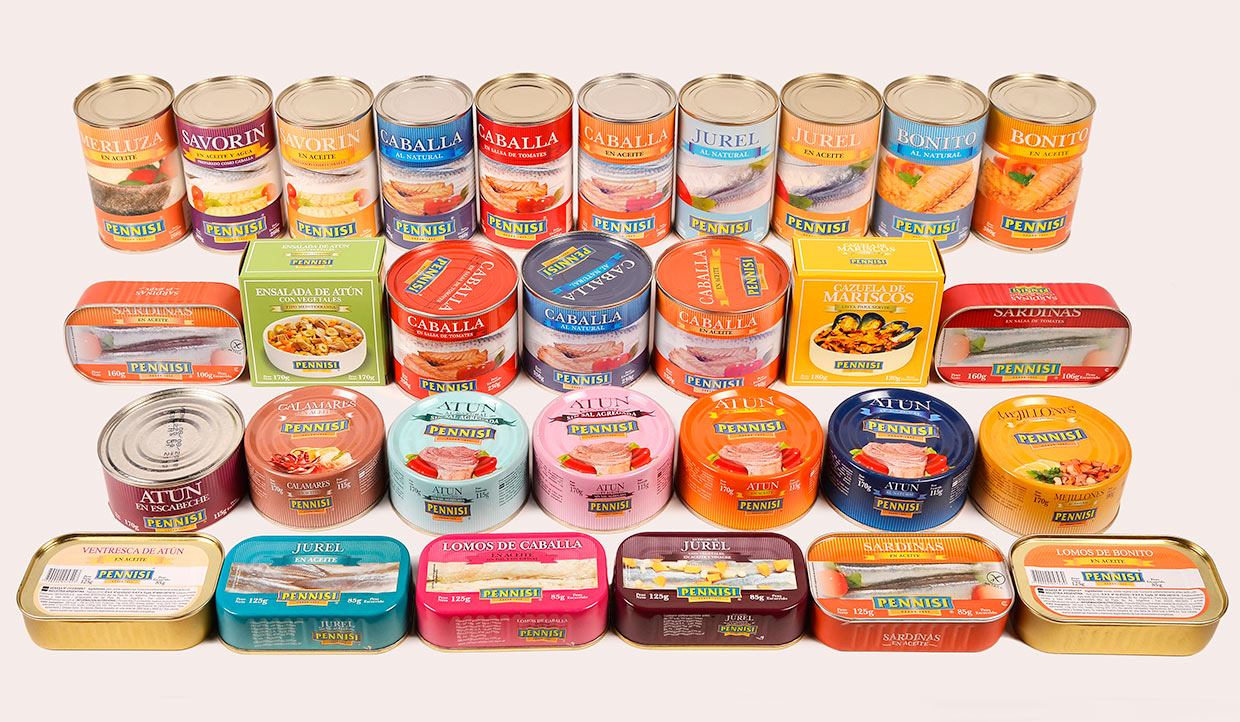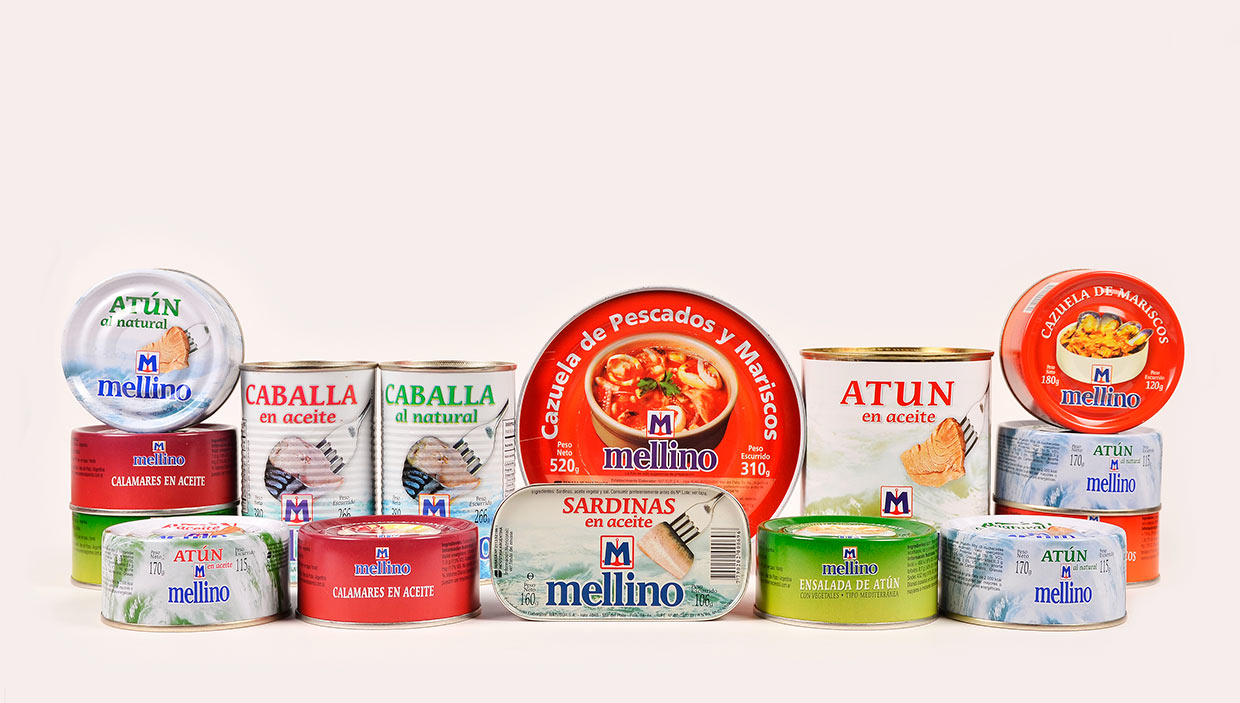Importance of the consumption of canned food of marine origin
Fish preserves are products that undergo different industrial processes in order to kill the deteriorating microorganisms and / or pathogens and their toxins, capable of proliferating in normal conditions constituting a danger to the health of the consumer, as well as inactivating the Enzymes that can damage the food.
These products are what are currently called “service foods” dado que:
- They are healthy and safe for the consumer
- They are an important source of essential nutrients of great plastic-energy value
- They have a long lifespan that allow them to reach consumers away from capture centers
- They can be distributed without major requirements as they do not need frozen maintenance or refrigeration
- Its organoleptic characters ("flavour") are very appreciable
- By the treatment received the spines are edible
- They allow the preparation of a variety of foods of high nutritional value
- The storage methods are very simple
- They facilitate the preparation of the meals in which they intervene
Among the main nutritional advantages of its components can be mentioned:
In the body, proteins fulfill multiple functions that range from the contribution of amino acids involved in the formation of different types of tissues, to the constitution of enzymes that participate in the highly complex biochemical reactions that take place in each moment.
- The proteins provided by canned foods of marine origin (FMO) ARE HIGH QUALITY as they provide all the essential amino acids for vital functions.
- These proteins ARE EASILY DIGERABLE because of their low connective tissue content and highly recommended to be consumed throughout the age spectrum of the population from one year old children to senior citizens.
These nutrients that can contribute are those that the human organism needs to ingest at least in small quantities for its beneficial properties such as:
- Provide ESSENTIAL fatty acids, that is, those that cannot be synthesized by the body.
- Produce abundant energy when metabolized (9 Cal for each gram that is burned, unlike the 4 Cal resulting from burning 1 g of protein or 1 g of sugar).
- Have low saturated fat content, responsible for the formation of deposits in the arteries (atheromas).
- Being a source of polyunsaturated fatty acids of the w-3 type, substances that not only have a series of therapeutic virtues related to cardiovascular diseases (avoid hardening of the arteries and reduce the risk of contracting them) and other inflammatory pathologies, but also They also improve brain capacity.
- Being a cheap source of energy.
- Serve as a vehicle to fat-soluble vitamins.
- Give palatability and give structure and pleasure to ingested food.
These products are also a good source of:
- MICRONUTRIENTS OF MINERAL ORIGIN such as Calcium and Phosphorus, which will then become part of the constitution of the bones and help the body to manufacture its proteins or transmit nerve impulses (Potassium and Magnesium).
- HYDROSOLUBLE VITAMINS OF GROUP B (B12, B6 and B2), necessary for good health of the skin, nervous system and produce energy.
- LIPOSOLUBLE VITAMINS OF GROUP A, which are related to good vision and the proper formation of bones and teeth.

A comparative study of the percentage content of its macronutrients with respect to foods from other sources can be seen in the table below:
Table I: Comparative study of the percentage content of macronutrients
| Calories (in Cal) |
Carbohydrates (in g) | Proteins (in g) |
Lipids (in g) |
Cholesterol (in mg) |
Sodium (in mg) |
|
|---|---|---|---|---|---|---|
| Tuna in Natural | 110 | 0,0 | 23,6 | 1,77 | 80 | 64 |
| Tuna in Oil | 206 | 0,0 | 28,5 | 10,22 | 80 | 274 |
| Horse Mackerel in Oil | 259 | 0,0 | 22,6 | 18,74 | 52 | 175 |
| Horse Mackerel in Natural | 188 | 0,0 | 19,9 | 12,10 | 52 | 255 |
| Sardines in Oil | 220 | 0,0 | 20,7 | 15,2 | 60 | 575 |
| Eggs (2) | 158 | 0,0 | 11,2 | 3,4 | 550 | 280 |
| Chicken (thigh 100 g) | 150 | 0,0 | 21,0 | 2,0 | 81 | 80 |
| Lean beef (100 g) | 153 | 0,5 | 22,0 | 5,0 | 71 | 70 |
Effects of processing on some nutrients
Canned fish is subjected to cooking, packaging and subsequent sterilization, technological processes that allow obtaining a product of good quality, stability and long shelf life, as well as safety from the microbiological point of view.
It is important to note that, although some nutrients are affected by the processing, the rigorous controls established during the processing allow the maximum degree of retention of the same. An example related to fresh and canned sardines can be seen in the following table:
Table II: Comparison of nutrient content of fresh and processed canned sardines.
| PRESENTATION | PROTEINS(g/100g) | Vitamin Retention (%) | Minerals Retention (%) | |||||
| Thiamine | Riboflavin | Niacin | B-12 | Iron | Sodium | Potassium | ||
| Fresh Sardines | 21,2 | 100 | 100 | 100 | 100 | 100 | 100 | 100 |
| Preserved Sardines | 22,3 | 20 | 97 | 83 | 62 | 100 | 86 | 87 |
Fresh Sardines: PROTEINS (g/100g)
Thiamine: 100
Riboflavin: 100
Niacin: 100
B-12: 100
Minerals Retention (%)
Iron: 100
Sodium: 100
Potassium: 100
Preserved Sardines: PROTEINS (g/100g)
Thiamine: 20
Riboflavin: 97
Niacin: 83
B-12: 62
Minerals Retention (%)
Iron: 100
Sodium: 86
Potassium: 87
In summary and taking into account the above, it can be affirmed that this type of canned products allow a healthy food to be brought to the table, with excellent plastic-energy contribution and a proven guarantee of food safety during the four years of its useful life with a minimum storage requirements (in a dry and cool place).
These properties make their inclusion in the cupboards of all homes as well as in Primary Health Care plans highly recommended.


